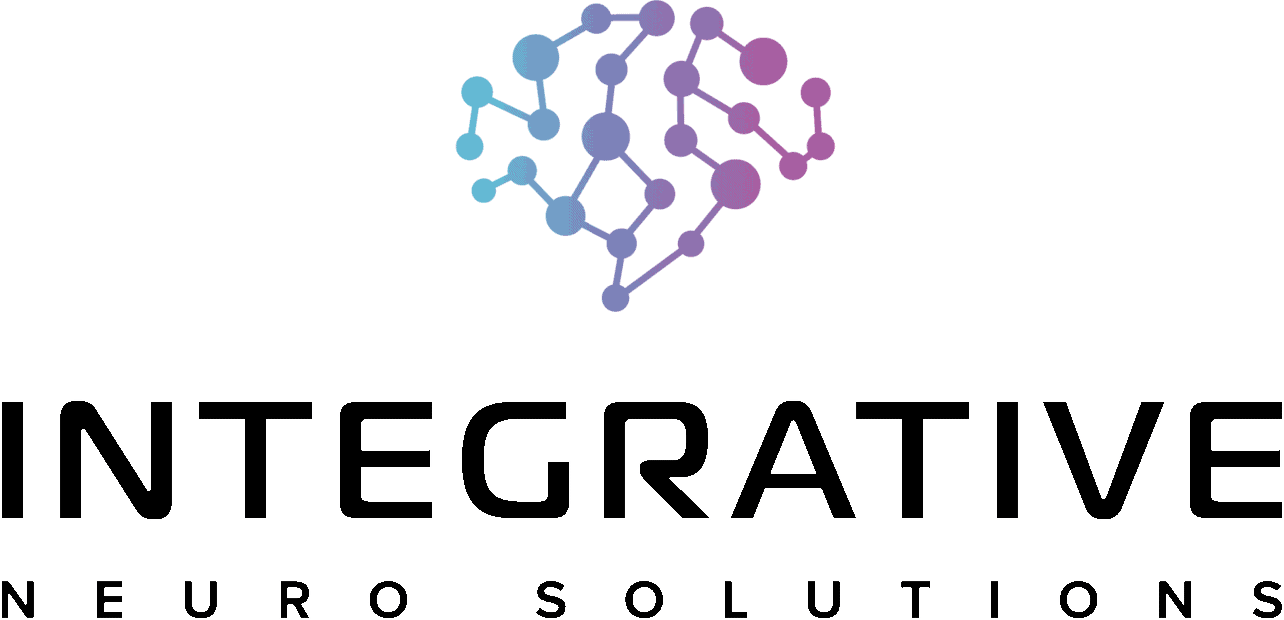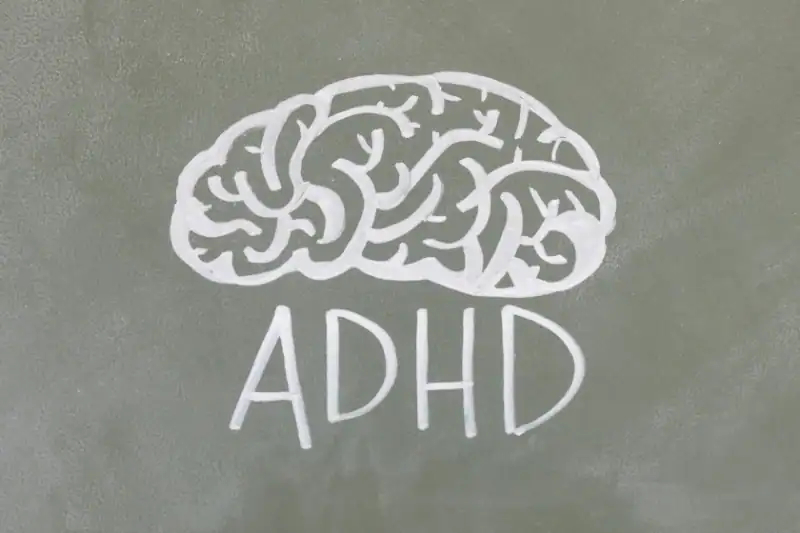Neurofeedback has gained increasing attention as a powerful, drug-free intervention for individuals with ADHD. Unlike stimulants that mask symptoms, neurofeedback addresses the underlying brainwave patterns associated with attention deficits and impulsivity.
Understanding ADHD Brain Patterns
Many people with ADHD exhibit:
– Excessive theta waves (linked to daydreaming and inattention)
– Low beta waves (associated with focus and cognitive control)
– Poor regulation in frontal lobe regions of the brain
Neurofeedback helps regulate these patterns, encouraging more optimal brain functioning for sustained attention, improved memory, and better behavioral control.
How It Works
Using EEG sensors, a neurofeedback system monitors brainwave activity and provides real-time feedback through games, videos, or music. When the brain produces desired patterns (e.g., increased beta), the system rewards it. Over time, the brain learns to “stay in the zone” more easily.
Benefits for ADHD
– Improved focus and attention span
– Reduced impulsivity and hyperactivity
– Better emotional regulation
– Increased academic and work performance
How Many Sessions Are Needed?
Typical treatment involves 30–40 sessions, often conducted 2–3 times per week. Improvements tend to build gradually, with lasting effects seen even after training ends.
Pediatric and Adult Applications
Neurofeedback is effective across age groups:
– **Children**: Helps reduce school-related challenges and improve family dynamics.
– **Adults**: Supports executive function, career focus, and self-regulation skills.
Final Thoughts
For those seeking an alternative or supplement to medication, neurofeedback offers a personalized, empowering option. By training the brain to operate more efficiently, many people with ADHD experience lasting transformation in their daily lives.

